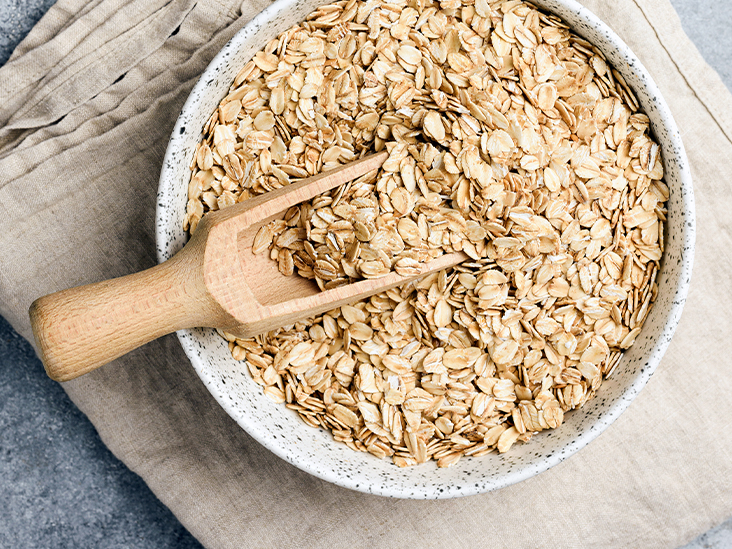The Oat Diet: What It Is And How To Do It is a book that provides simple guidelines for how to lose weight and get healthy. This article is the ultimate guide for the nation’s overweight and obese population.
Oatmeal is a cereal that favors intestinal transit, has great satiating power, and contains little fat. Therefore, adding it to our menus can help us lose weight and improve our health. We analyze the keys to this new diet.
Oatmeal suppresses hunger, prevents snacking, improves constipation, and helps the body absorb fewer calories and burn more. In addition, it helps stimulate the thyroid, the gland that is responsible for regulating metabolism.
Therefore, following a diet in which oats have a strong presence on the menus can help us lose a few kilos and improve our general health.
Properties of oats
Oatmeal is a cereal that stands out for its richness in protein and fiber. It has 2% of the recommended daily amount of calcium and 6% of iron.
In addition, its carbohydrate content is lower than in other cereals and it is low in fat (1.5%), which is why it is recommended for people who want to lose weight.
Avoid constipation. Its fiber stimulates bowel movements, helping to speed up transit. And it has a prebiotic effect by promoting the growth of healthy bacteria in the intestine.
Reduce cholesterol. The University of Manitoba showed that oat consumption is associated with 5% and 7% reductions in total and LDL (bad) cholesterol levels.
Absorb fewer calories. Helps you lose more weight, even if you eat the same calories. And it is that part of those calories will be trapped in the fiber and will not pass into the body.
Reduces the desire to eat. It is rich in a type of fiber (beta-glucan), which helps glucose to remain stable and there are no spikes, which trigger the feeling of hunger.
Lower blood pressure. Avenanthramides are polyphenols (compounds with healthy effects on the cardiovascular system) that are found almost exclusively in oats and that help regulate blood pressure.
What is the Oat Diet?
The oatmeal diet is a type of diet that is based on a higher intake of oats in daily menus.
However, it is not about eating only oatmeal, but about promoting its consumption within a light and balanced diet.
In this way, the idea is to eat oatmeal as a main dish for one or two meals a day.
Of course, it is important to choose it whole and whole, because it is the type of oatmeal that least raises blood sugar. Whole-grain flakes are also highly recommended.
How to do the oatmeal diet
We must include oats in our menus. Here are two ways to do it:
Breakfasts. Take boiled oatmeal (porridge) or soaked in yogurt, kefir, or milk. You can also eat oatmeal bread toast (see if it has other ingredients).
Main courses. Whole-grain oats can be boiled and used as you would rice. You can also mix the flakes in soups or vegetable creams.
When preparing oatmeal, note that the serving size should be 1/2 cup.
Recipes for oatmeal diet
Granola with yogurt. Mix rolled oats with rye flakes and add cinnamon, ginger, and nutmeg. Drizzle with orange juice and olive oil, and add beaten egg whites. Spread the mixture on a tray and bake for 30 min at 180º. Add 4 tablespoons to a yogurt.
Oat Diet with mushrooms. Soak the hulled whole grain oats (40g per person) overnight. Strain and boil in salted water (4 parts water to 1 part oatmeal). Cook 1.5h. Saute some sliced mushrooms, season with salt and pepper, and serve with the oatmeal.
Pumpkin salad. Cut the pumpkin and steam it so that it is not too soft. Boil the oatmeal in grain (after having it soak for 12 hours). Put a base of green shoots and on it add sprouts, oats, pumpkin, and a tablespoon of guacamole.
As you can see, oatmeal can be a good option to incorporate into any healthy diet. It will improve the health of our microbiota (a set of microorganisms that reside in our intestinal tract and favor many metabolic processes), our heart, and our state in general.
If done correctly, this diet can be an effective way to lose weight, depending on our age and lifestyle.

